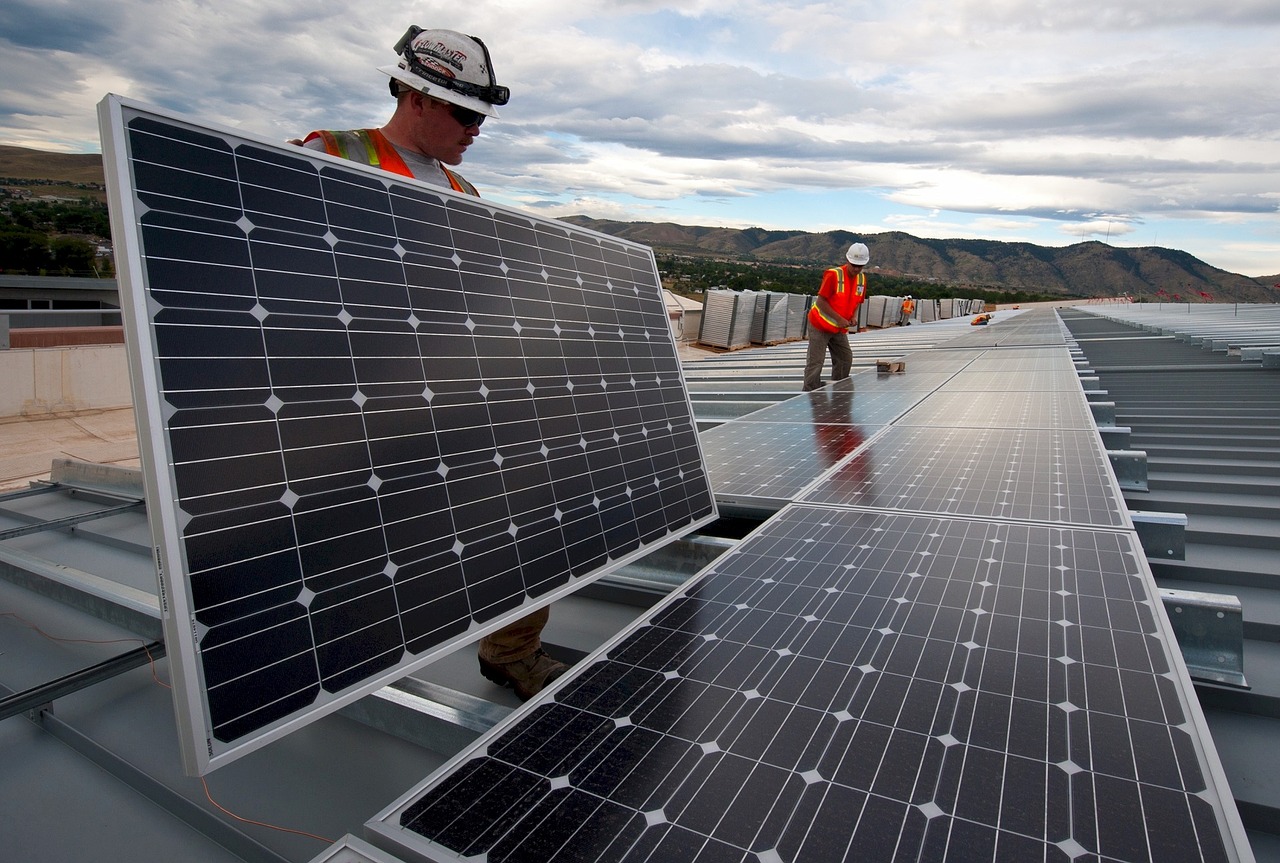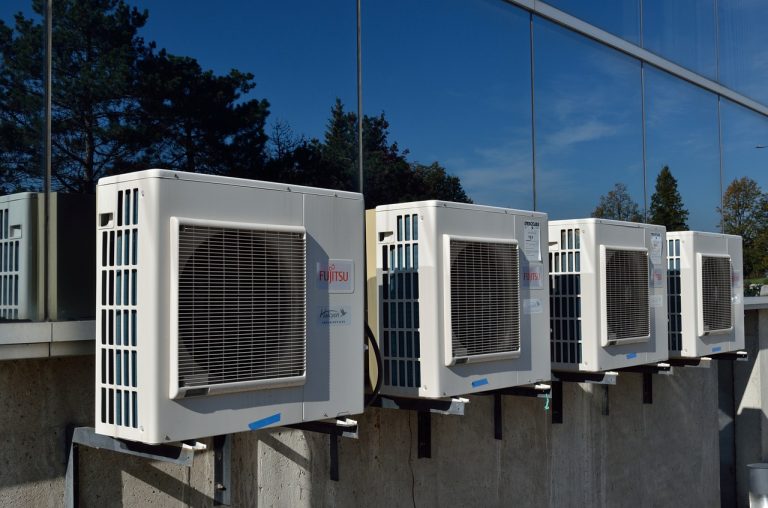
Solar panels are an excellent way to lower energy costs and reduce your overall carbon footprint, as well as make your home stand out from the competition when it’s time to sell. However, they do represent an investment. While that investment will pay for itself over time, you do want to ensure that your solar panels are not going to be damaged by weather events. With hurricanes hitting the news regularly and hailstorms a common problem throughout the country, you need to understand how the weather affects your solar panels.
Solar Panels and Inclement Weather
In general, investing in solar panels is a wise choice, and the majority of the panels on the market today can withstand the inclement weather of their areas. In fact, the National Renewable Energy Laboratory studied 50,000 solar panel energy systems and found that only 0.1% of all systems were reported as damaged. That said, there are two types of weather events that do have the potential to damage your solar panels, and you need to be aware of these. Those events are hail and hurricanes.
How Hail Affects Solar Panels
Hail is a reality in many parts of the country, so the manufacturers of solar panels work to make their products strong enough to withstand most hail storms. In fact, most solar panels are designed to handle hail up to one inch in diameter falling as fast as 50 miles per hour. For hail storms that are more intense than this, solar panels tend to continue to stand up well. When damage occurs, it’s typically isolated to just one or two of the panels across an entire system. It takes sustained hail hitting the same area of the solar panel repeatedly to cause significant damage.
One way to minimize this risk if you live in a hail-prone area is to install smaller solar panels instead of one large one. If you have a hail storm that does damage a portion of your solar panel system, the cost to replace the damaged portion will be much less.
How Hurricanes Affect Solar Panels
Hurricanes are fairly rare occurrences, but they are quite powerful when they do hit. The biggest risk to solar panels in a hurricane is the risk of becoming dislodged from the place the panels are installed on the roof. However, solar panel manufacturers understand this risk, and they design their systems to withstand strong winds. Many can withstand winds of as much as 140 miles-per-hour.
When Hurricane Sandy hit New Jersey in 2012, the state had just installed a large component of solar panels. After the hurricane, only a few of the metal casings covering the wires from the panels were damaged in flooding, and two panels came loose from a large system, but otherwise the solar panels were not affected by the strong winds and pounding rain.
Flooding and sustained rain during and after a hurricane can increase the risk of water damage to panels. This risk is heightened when seals on the panels are damaged or deteriorated. To prevent this risk, make sure you have your panels inspected and resealed regularly to ensure they are water-tight.
More Common Risks
Hurricanes and hail are serious weather events, but for those with solar panels, direct storm damage is unlikely. If anything, it would be more productive to worry more about staying safe with your power generator in these situations. What is more likely is damage due to falling debris when storms hit. Trees near the solar panels, for instance, that fall in a storm can cause costly damage. Debris on the solar panels can come loose, blow around and damage the panels.
If you are considering solar panels, but fear the impact of extreme weather, don’t worry. These products are designed with weather events in mind. With the right installation, you can enjoy their benefits with minimal risk, even when weather strikes.





Leave a Comment